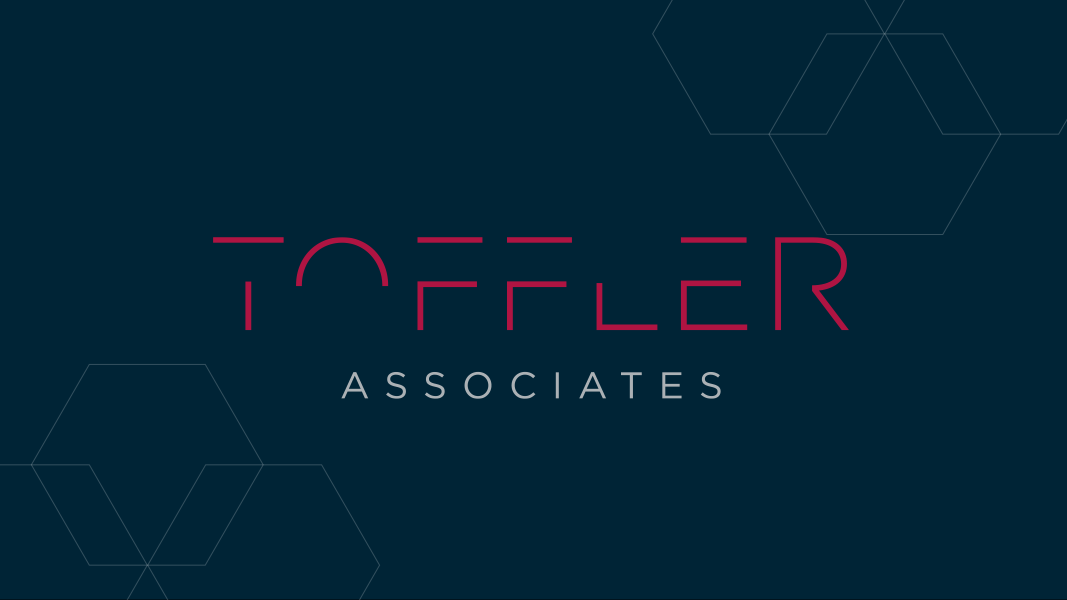RAPPORT // Mary Meeker’s 2018 Internet Trends and the Fate of Humanity


Being a bit of a technology geek, I always look forward to Mary Meeker’s annual update on Internet Trends. Since 1995, Ms. Meeker has been maturing a compendium of valuable insights into the growth and expansion of our global information infrastructure. It has become an almanac of sorts for the technology industry, helping to guide investments and develop strategies for competing in the Digital Age.
The 2018 installment came out in late May. It’s a massive slide deck that is particularly interesting not as much for what is documented on the pages but, ironically, for what is not.
Certainly, some of the data is expected, such as stagnating growth in smartphones and the saturation of global Internet penetration. But among those insights, we see some new human behaviors resulting from the maturing global information infrastructure. Rather than broad penetration of new technologies, we see rapid adoption of digital, mobile, and productivity technologies changing how we live and work. Consider how each of these ‘progress’ trends behaves in real life:
Trend: Approximately 4.5 billion people actively use some sort of messaging app to communicate every month
Consequence: As app-based communication becomes more efficient, face-to-face and phone conversations diminish, as do the relationships built over repeated interactions
Trend: E-commerce growth continues to outpace brick and mortar as 13% of all consumer retail purchases are done online rather than in a physical store
Consequence: As shopping becomes a more purely transactional exercise, it loses it’s social and communal value, giving people one less way to engage in their free time
Trend: Among a survey base of 7 million users globally, about 16 million hours of streaming video is consumed daily – and in the U.S. alone, adults spend almost 6 hours per day engaged with some sort of digital media
Consequence: As people spend more time looking at a small screen with earbuds in, media consumption becomes more personal and less of a shared pastime and source of conversation
Trend: Freelancing is growing 3 times faster than the total traditional workforce
Consequence: As more professionals work ‘for themselves’ and from home, less in-person collaboration is happening and one more social structure is in danger of disappearing
More specifically, the collective implication of the trends is a picture of humanity that is more insular and isolated. Over time, trading relationships for efficiency and self-interest will have consequences. We already know that people who lack interpersonal relationships are more prone to issues like depression and dementia, and we’re seeing early evidence that the new members of the workforce may lack some fundamental ability to converse and collaborate in person.
Turning Internet Trends into an Action Plan
As is so often the case, the information is just the tip of the story. To create a situation in which people, companies, and societies are controlling how the technologies get used – instead of the other way around, we have to answer a few fundamental questions about what the data points reveal. Specifically:
- Do we see intended or unintended consequences of the information revolution and globalization?
- How is technology impacting the fundamental human condition?
- Given such rapid and accelerating adoption rates, what issues must we address to ensure the safety and security of people and our societies?
Of course, we can’t really know the answers to the current questions yet. As it does, time will tell how humanity will be shaped (and reshaped) as technology continues to infiltrate how we live, work, consume information, and interact. We can extrapolate a few guesses based on what we’ve seen in history.
Case: The Human Implications of the Industrial Revolution
Even with the positive progress made during the Industrial Revolution, negative consequences came with it. The growth of factories created assembly lines and mass production for cheaper and more efficient production of goods. The design and development of machinery to help humans on the assembly lines were key in driving down the cost of goods. As humans and machines worked together, the collaboration increased the speed and throughput of factories, which resulted in an increased supply of goods and greater accessibility across society. All of this, for the most part, resulted in positive influence and growth for humanity.
But there was a dark side to advancement. Pollution, unsafe and dirty working conditions, and poor health issues for people working or living close to the factories all increased. Ultimately, new developments like workforce policies and business regulation helped to decrease pollution, create safer and healthier working conditions, and improve environmental conditions for people. Yet, it wasn’t until the negative aspects really took hold that longer-term improvements became necessary and took hold.
Just as the factory was the backbone of the Industrial Revolution, the Internet is the backbone of the Information Revolution. With the positive progress for humanity, we face negative consequences that we must address to accomplish the most lasting positive impacts.
The positive aspects of Internet access are relatively common knowledge. We’ve gained greater access to global knowledge to solve hard and persistent problems that affect all of us and an ability to connect to almost anyone anywhere at any time. It’s given us a greater sense of community and culture, faster and easier access to an overwhelming diverse range of products, and a flexible work environment that allows individuals to bring their skills and experiences to a place and time of their choosing. The deficiencies that come with these gains are just as real. The emergence of the loneliness epidemic, the increase in mental health-related issues like depression and anxiety, increasing suicide rates, and an overall loss of human connection are just a few of emerging issues that will need attention.
We’re seeing history repeating itself. The consequences (positive and negative) of Internet-driven globalization and connectivity are not unexpected – they’re just a new form of progress-related challenges. Unionization, child labor laws, industry regulations, health boards, and fair labor standards were solutions that emerged, debated, protested and matured to address human progress and innovation.
The Human Considerations of Technology Adoption
What critical actions must we now take to ensure humans are given sufficient priority in the midst of our technology revolution? How will we distinguish between symptoms and the causes of disruptive change happening today and impacting humanity’s future? What do Meeker’s human behavior trends foreshadow about the evolving human condition? Moreover, what role should today’s leaders play to transition people safely and securely through the Information Age – just as leaders in the Industrial Age helped with positive outcomes?
First and foremost, leaders must recognize that technology is only fueling the revolution. Humans are leading it.
Extracting maximum value from human capital has always been a priority for organizations. Yet for decades, organizations have been structured to do the opposite, prioritizing rigor and structure in the uncertain world of commerce. The org charts, job descriptions, development programs, and well-being programs we use every day are developed from a business-centric perspective and require us to fit humans into them.
Now – and quickly, we must identify human solutions that address problems stemming from progress. The issues we see now will have immediate and long-lasting implications on society – like loneliness, depression and anxiety, suicide, and loss of human connection.
It’s our challenge as leaders to follow the example of the past and create, debate, mature and support the very urgent and specific solutions needed for the healthy progress of humanity.
{{cta(‘5f5aaf5c-39c6-4763-8891-2cee93f8c351’)}}
- Categories
- Uncategorized


 About the Authors
About the Authors